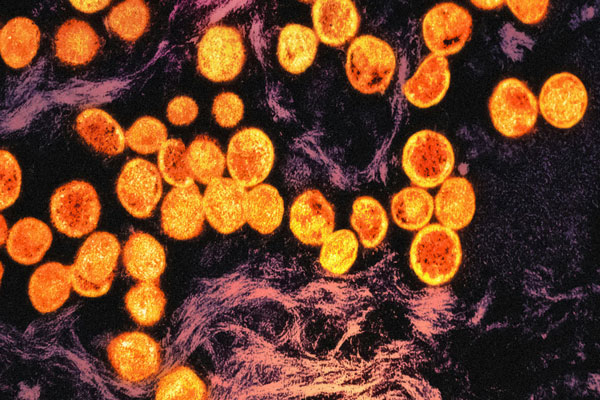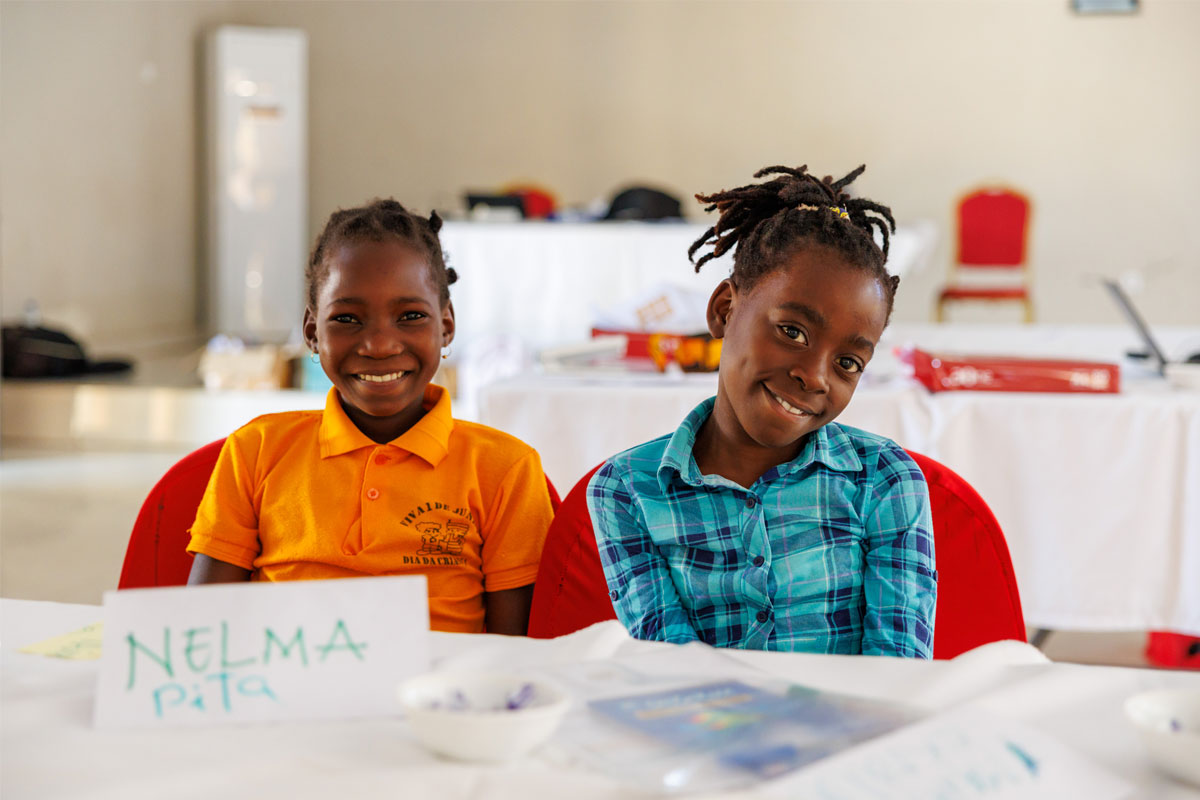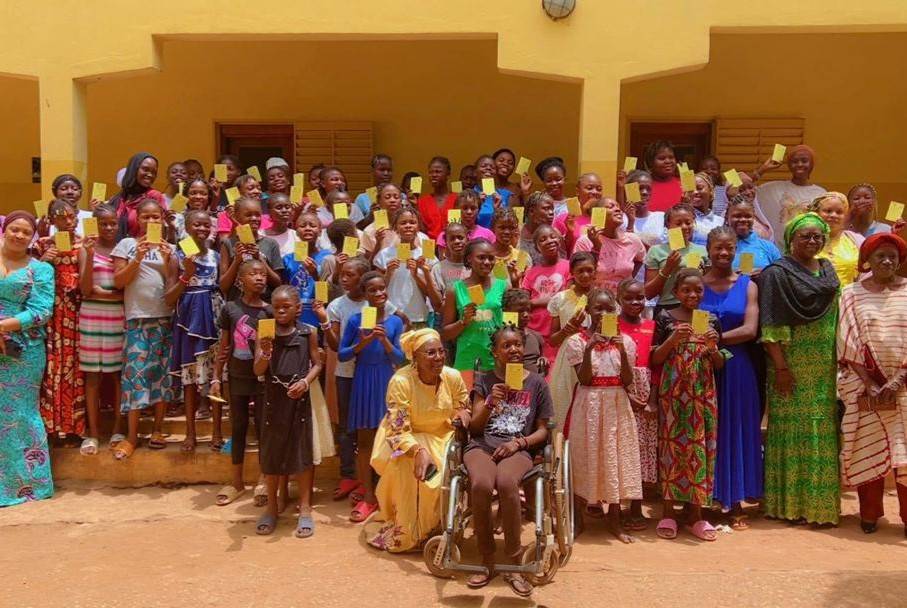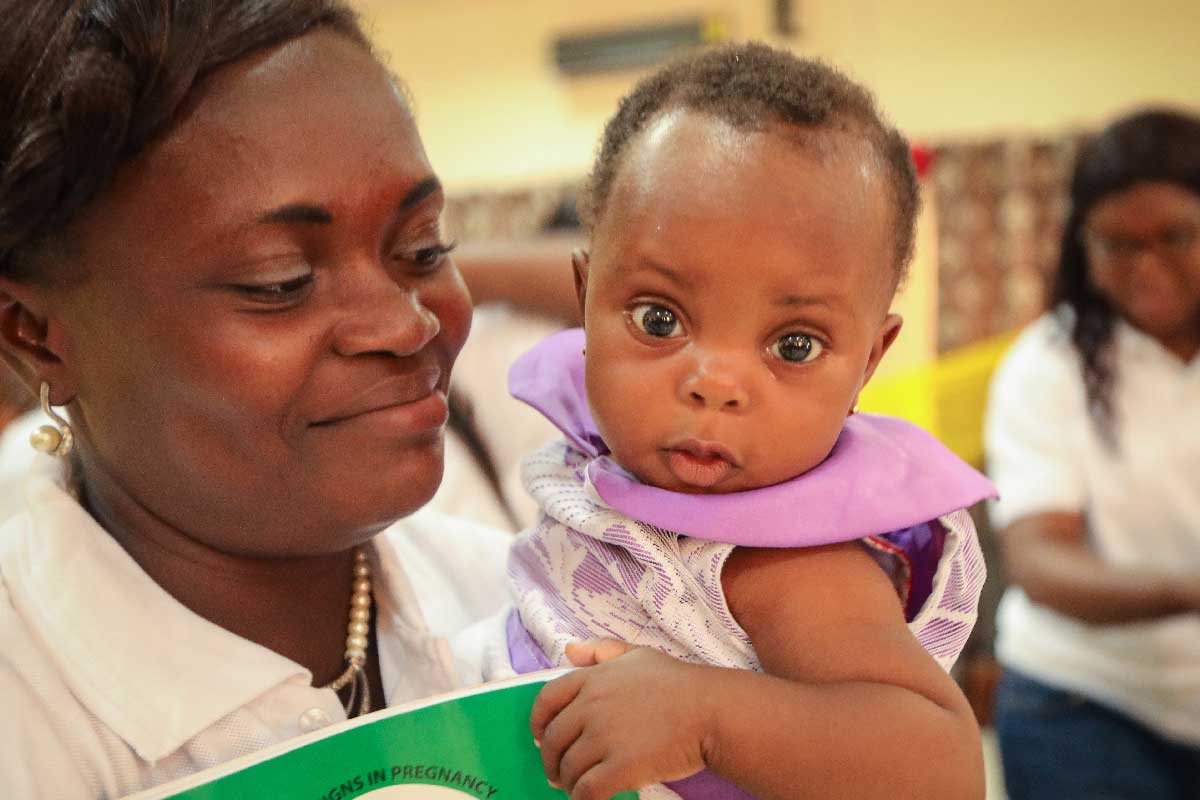A mysterious kidney disease is sweeping rural India. Here's what we know.
Between 2005 and 2015 alone, chronic kidney disease of unknown aetiology was estimated to have affected 34,000 people, and the toll is still rising.
- 20 October 2025
- 5 min read
- by Kanika Gupta
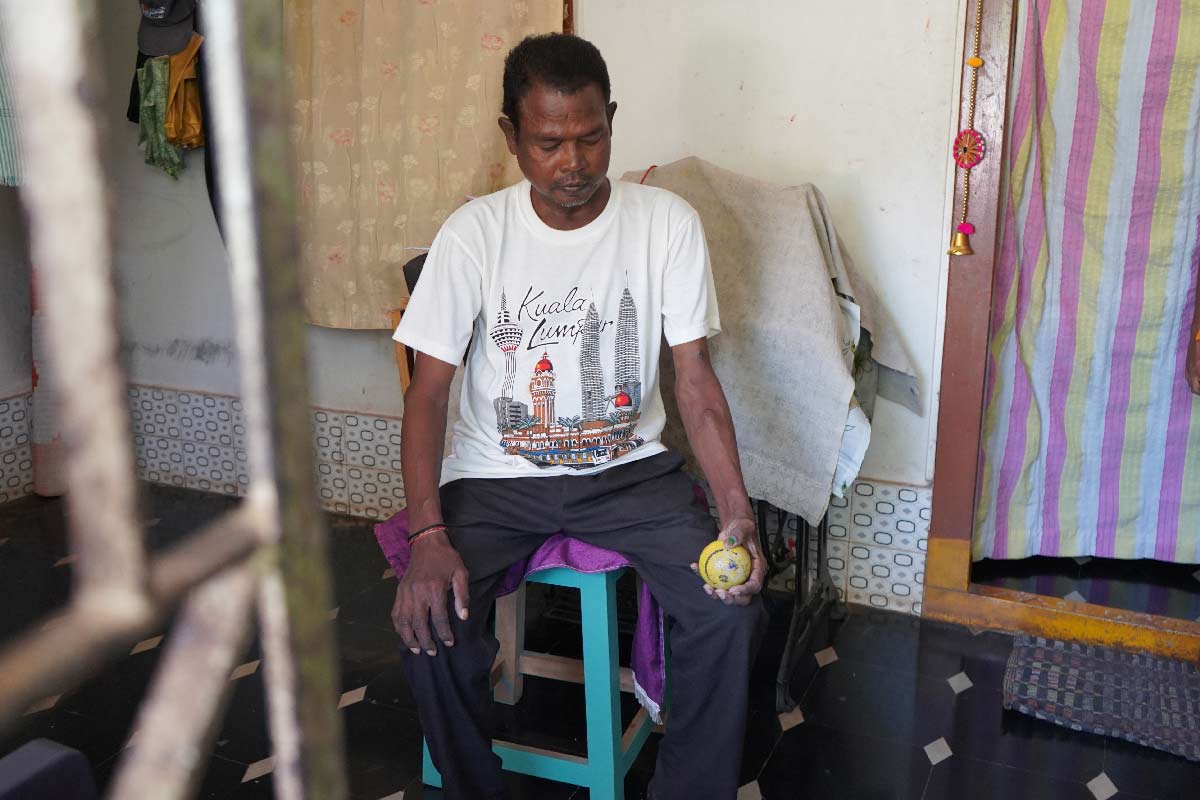
In the quiet village of Chinavanka in Andhra Pradesh, 42-year-old Madanala Giridhar Rao sits with a small stress-ball in his hand, gently squeezing it, as his doctors advised. The simple exercise, they told him, would improve blood flow to his arm and keep the vein used for dialysis strong.
The stress ball is a small part of Rao’s daily routine, a reminder of how drastically his life changed after he began feeling unusually tired and short of breath.
It wasn’t long before he needed to go to the hospital, where tests revealed his creatinine level had shot up to 11.3, a clear sign of severe kidney damage. He was put on dialysis – a treatment that filters waste and excess fluid from the blood when someone’s kidneys are failing – almost immediately.
“Dialysis is tough. I feel pain even when I breathe. They tell me to drink more water and eat more food, but it feels like my body just can’t handle it. Even taking tablets hurts. I feel like my body is too damaged to carry the load anymore,” he says.
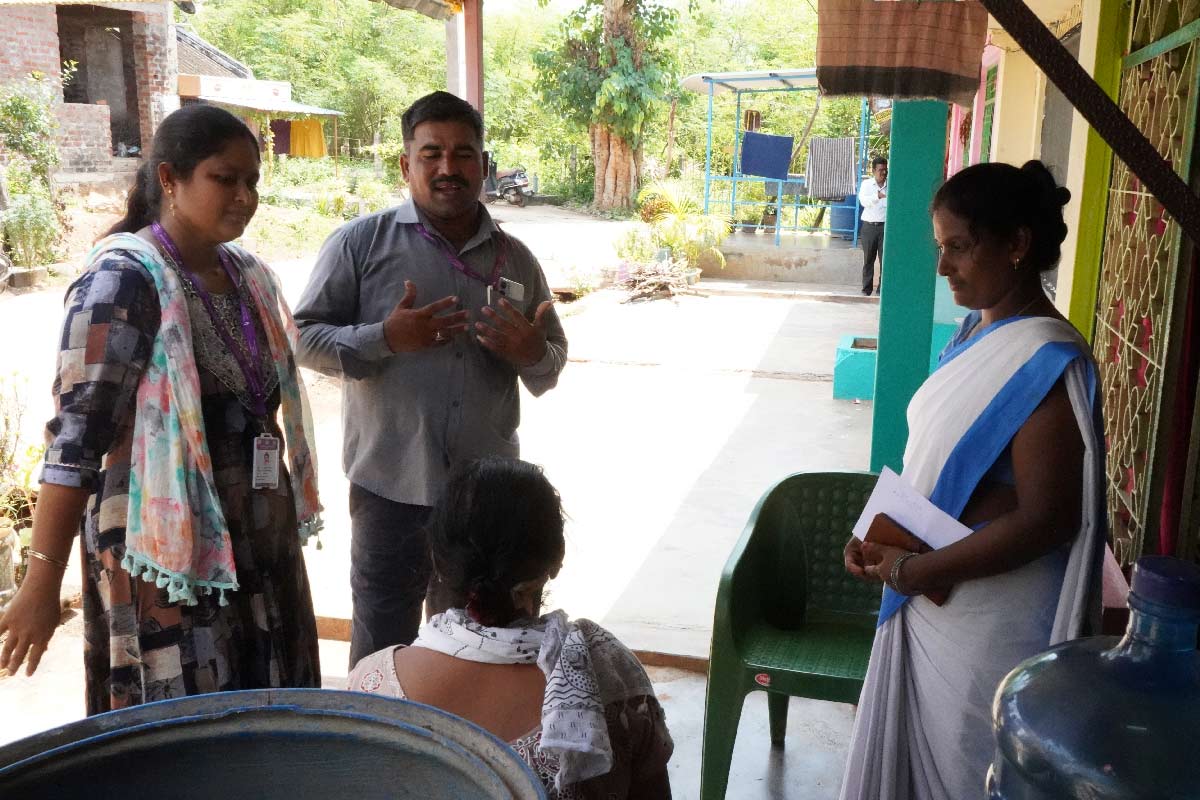
What is causing this mystery kidney disease?
Chronic kidney disease of unknown aetiology (CKDu) has devastated thousands of lives in Andhra Pradesh in southeast India. Between 2005 and 2015 alone, the condition is estimated to have affected 34,000 people and caused more than 4,500 deaths. “By definition, CKDu refers to chronic kidney disease that occurs without diabetes or hypertension (high blood pressure),” explains Dr Nikhil Srinivasapura Venkateshmurthy, Senior Research Scientist at India’s Centre for Chronic Disease Control.
Rao is one of thousands affected by this condition that has quietly become the second-most common type of chronic kidney disease in India after diabetes-related kidney damage (diabetic nephropathy).
Most CKDu cases are observed among agricultural workers, be they in India, Central America, or parts of Sri Lanka, Venkateshmurthy noted. However, the disease may also affect people in other occupations that are less well-studied. Unlike illnesses with a clear cause, CKDu does not have a single identifiable trigger.
“When I say we don't know the cause, like, we don't know exactly what the cause is. For example, if it’s COVID, then you say, it’s a virus. But for this, we don’t have a specific cause.”
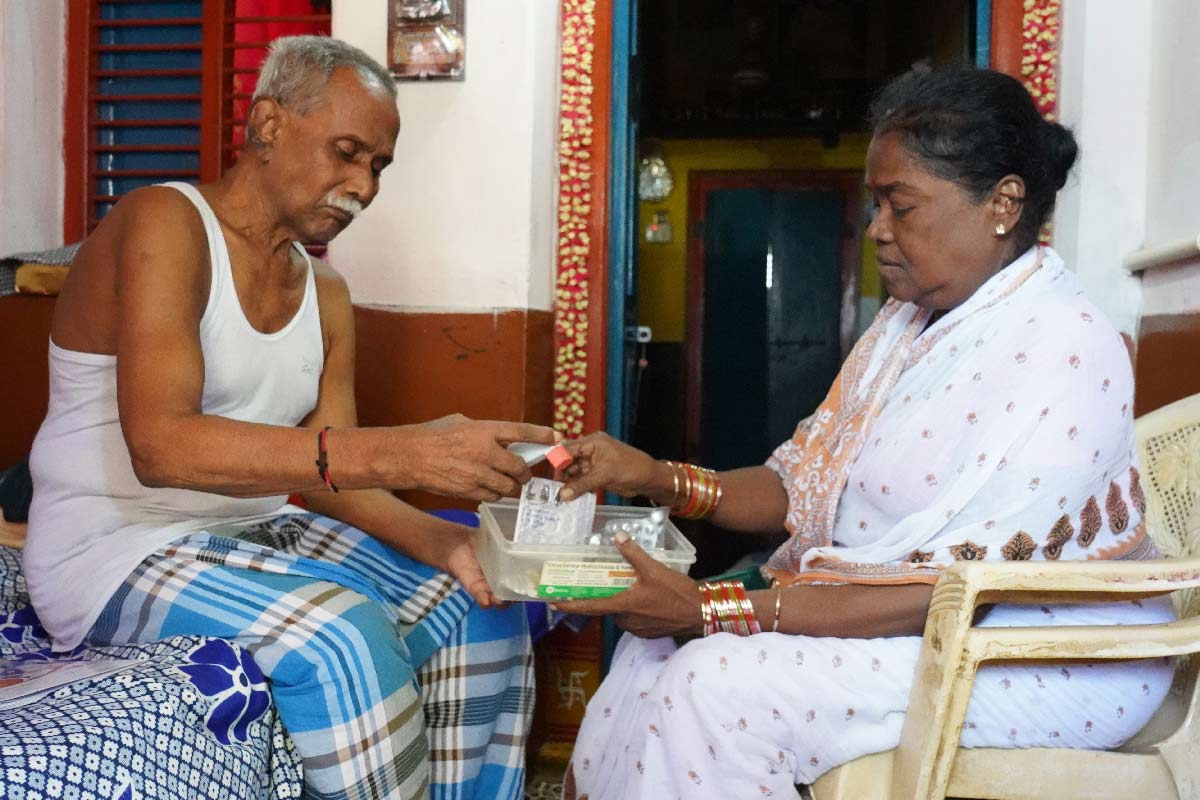
Heat stress and environmental contamination could be to blame
Researchers claim that several factors, including prolonged heat exposure, physical stress, pesticide use, contaminated water and even naturally occurring silica, have been suggested as potential contributors, but none have been definitively proven, making preventive measures difficult to implement.
Experts also say that it’s difficult to pinpoint the cause of CKDu because the damage often starts years before any symptoms show up – sometimes even before a person is born. Unlike malaria, where the source is obvious and recent, CKDu progresses quietly over time, making it hard to connect to one specific trigger or exposure.
Dr Vivekanand Jha, Executive Director of The George Institute for Global Health India and a leading nephrologist, says they the true extent of the disease is not known: India does not have the kind of large-scale epidemiological surveys required to properly quantify the problem. He emphasises the urgent public health implications: “Ultimately, this is a public health issue. Irrespective of whether it is caused by one factor or another, the inescapable fact is that the burden of all types of kidney disease is growing across India. The problem is far greater in rural areas than in cities, as rural communities often lack even the most basic amenities, increasing their risk of developing kidney disease.”
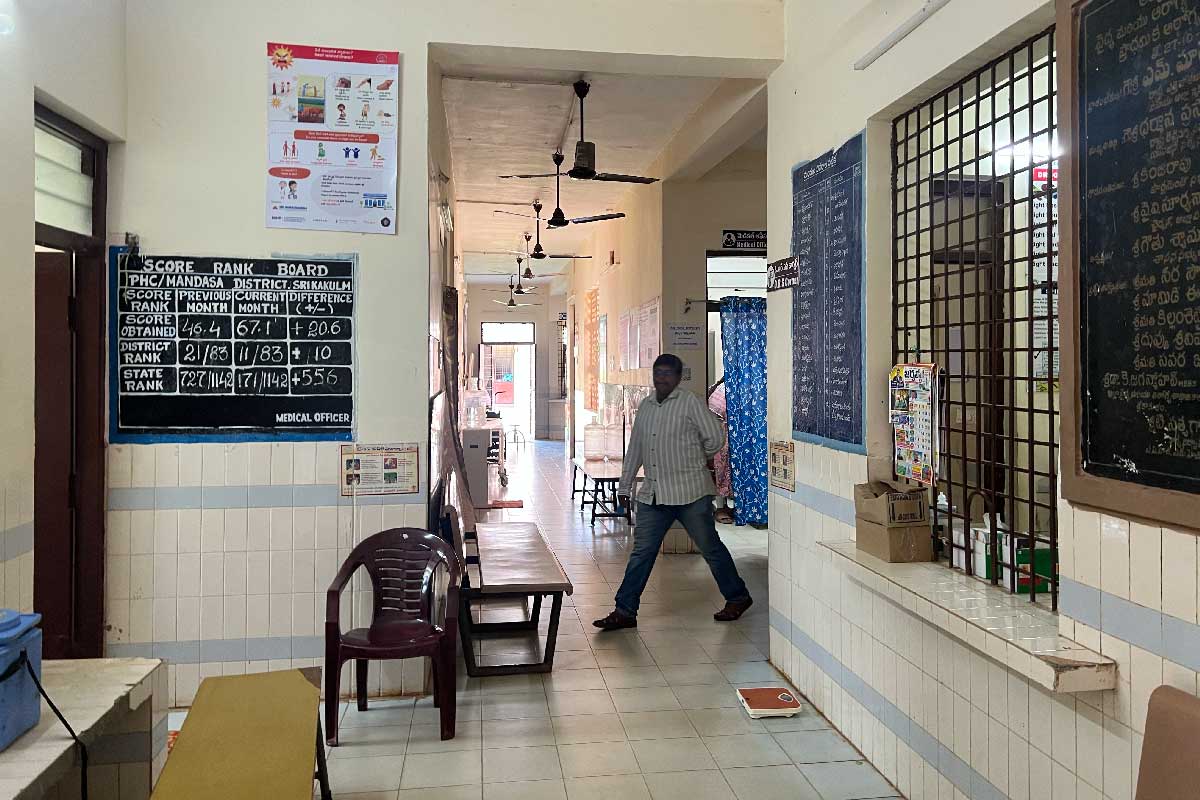
How is Andhra Pradesh responding?
Jha, who has been conducting extensive research in the Uddanam region of Andhra Pradesh through The George Institute, has also made recommendations to the state government. “To their credit, the government at that time made some tests available and provided certain medicines [for free],” he said.
Also in response to his recommendations, has been working to ensure better access to safe drinking water, and establish a kidney disease research centre.
Dr Mary Catherine, Deputy Health Medical Officer at Tekkali, Andhra Pradesh, explained that over the past five years, the government has taken several steps across seven mandals – clusters of villages that make up a rung on the ladder of local administration – and 22 public health centres in Uddanam.
Dr Kanhaiya Lal, an environmental scientist at The George Institute who has researched Uddanam’s groundwater and found high levels of silica and lead, which he believes could be linked to the kidney disease, explained that while the exact cause of the disease is still under study, proactive steps are being taken to protect communities. One such initiative is the YSR Sujaladhara programme, which provides water cleaned by reverse osmosis filtration to areas where groundwater contains elevated levels of silica and lead.
He said, “The population is affected. It is suffering. So, whatever evidence we are getting, we are working according to that. It is not that we will wait.”
Have you read?
Eyes wide open
While these interventions aim to mitigate risk, early detection remains crucial, adds Srikant*, a vector-borne diseases consultant at the District Medical and Health Office (DMHO). ASHA workers, volunteer village-level health outreach workers, who visit households annually as part of non-communicable and communicable disease surveys, refer suspected chronic kidney disease patients for free serum creatinine tests. They also receive pensions of 10,000 rupees per month (about US$ 113) and medicines supplied free at the community health care level, although shortages sometimes occur.
For patients like Rao, who has been on dialysis for the past three years, this support helps cover medication costs, but he still wishes there was additional aid, as he can no longer work, and managing household expenses remains challenging.
On the ground, ASHA workers like B Sitalakshmi, who has been on the job for eight years, has seen the impact of these measures first hand.
“They are seeing more chronic kidney disease cases now, and many older patients have already died, with new cases increasing slowly. The government provides only diagnosis, testing, and dialysis support. Dialysis patients receive a 10,000-rupees monthly pension which comes only after dialysis begins. But patients urgently need medicines, which many cannot afford, as well as nutrition and food assistance. Screening and tests alone are not enough,” she said.
*Many people in South India do not use their full names for caste reasons.
